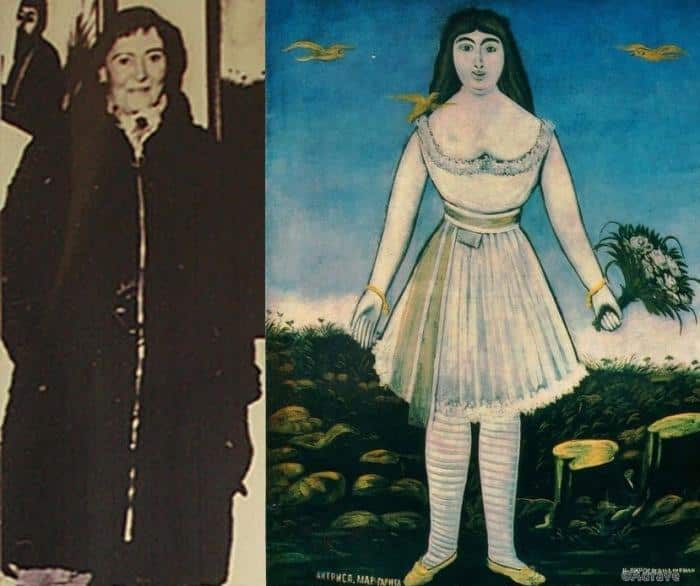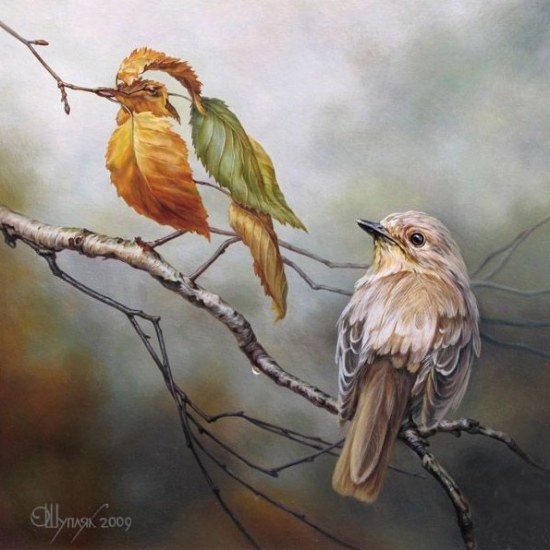Хоровод дети Стоковые фотографии и лицензионные изображения. Картина хоровод
Описание картины Алексея Саврасова «Хоровод в селе»

Картина написана Саврасовом в 1873-1874 году маслом на холсте.
Стиль в живописи – реализм. Жанр – жанровая живопись.
Саврасов – это один из великих художников 19 столетия. Он оставил неоценимые работы для нашей страны. Становление его творчества пришлось на рассвет пейзажного жанра в России. Первооткрывателям всегда тяжело. Один не верный шаг и о тебе навсегда забудут, как деятеле искусства.
Но Саврасов, как и Шишкин смогли не только отразить в своем творчестве любовь к родным мотивам, но и донести это до зрителя. На сюжеты их полотен написано множество стихов и прозы. Эти художники воспевали красоту русской природы и силу души наших людей.
Полотна Саврасова известны каждому в нашей стране. Картину «Грачи прилетели» мы знаем еще из школьного курса литературы. Работа «Хоровод в селе» показывает зрителю простую сельскую жизнь прошлых столетий. Молодые парни и девушки проводили свое время, водя хороводы, пели песни, прыгали через костры.
Пожилые люди сидели и радовались на веселых ребят, вспоминая свои молодые годы. Одежда русских людей была простой, но очень красивой. Каждый женский сарафан или мужской кафтан был вышит узорами ручной работы. Все они были не похожи друг на друга. Одежда была скромной, но очень милой и яркой. Девушки плели венки, а юноши занимались резьбой по дереву. Все в этой жизни было просто и романтично.
Саврасова переполняла любовь к русской культуре и природе. Его полотна греют душу и заставляют печалиться о временах, ушедших без возврата. В тех временах, где не было агрессии, завести и злости. Саврасов умело передавал настроение на своих полотнах. Его примеры в живописи делали сюжет реалистичным.
Саврасов оставил нам свое творчество, чтобы мы могли понять, как прекрасна была жизнь в русских селениях.
Полотно находится на хранении в Государственной Третьяковской галерее. Москва.
танок, круг, весенний хоровод, традиции танца в регионах России.
Кто и когда первым на Руси завел хоровод — за давностью лет доподлинно неизвестно. Самый древний танец изначально был частью языческого обряда — поклонения Яриле, могущественному богу солнца. И «хождение за солнцем» прочно утвердилось в славянской культуре на многие века. В хороводные традиции на Руси углубилась Наталья Летникова.
Посолонь

Алексей Саврасов. Хоровод в селе. 1874. ГТГ
А также карагод, танок, круг, улица. Множество названий любимого народом танца. По Далю — собрания сельской молодежи на вольном воздухе для пляски с песнями. По сложившейся традиции молодые девушки, выйдя на улицу, начинали «играть песни» или заводили «прибаутки», встретившись на ярмарочной площади. В центре событий, как правило, оказывалась хороводница. Женщина, самая заводная в округе. Балетмейстер и хоровик по призванию — песни заводила и придумывала новые танцевальные картины.
Хоровод для крестьянской девушки, что для барышни из высшего света — один из способов приглядеть мужа. Где-то хороводный возраст — с 12 лет, а где-то и позже. Главное — количество дочек в хозяйстве. Так что семья отправляла, как на бал, сначала девиц постарше. Младших до поры держали в тени. В хороводе парни приглядывали себе невест: хороша ли, плывет ли павой, поет ли голосисто.
Хоровод с юга на север
Весенние хороводные «люлеишные» песни Песенно-хореографическая традиция Верховажского районаХороводная традиция деревни ЛутныЗа руку, за мизинец или платок, пояс, венок. Связующее звено в хороводе может быть разным. А традиции в каждом крае — свои. На Севере в чести сдержанность. Плывут по кругу девушки чинно и спокойно. И песни заводят все больше протяжные и напевные.
К примеру, в Коми на Красную горку использовалось семнадцать фольклорных песенных сюжетов, сложившихся за столетия. Каждая из фигур должна исполняться под определенную песню и в своем ритме: от неспешного поначалу до стремительного. Действо наполнено образами: мужчины и женщины разделяются сторона на сторону, девушки роняют платки, которые поднимают парни. Хороводная игра — символ сватовства.
В центральных губерниях народ был побойчее. Хороводы заводили весело и беззаботно, с притопами, да прихлопами, с задорными песнями. Чем южнее, тем горячее. И на гуляньях, и в хороводе, который вот-вот грозил обернуться плясовой. Теплыми вечерами и на улицах многолюднее, и в хоровод участников больше собиралось.
Хоровод круглый год

Алексей Степанов. Хоровод
Танцы — занятие праздное. А посему и хороводы водили в установленные сроки — и по поводу.
Весной заводили игру «Ручеек» — символ таяния снега. В язычестве первыми весенними хороводами задабривали богов плодородия. В день Лады цепочкой, взявшись за руки, поднимались на холмы, посвящая хоровод Матушке-земле, закликая весну. В июле славили Купалу и просили созревания плодов — вокруг огня да с венками. В честь Берегини хоровод водили вокруг березки — символа чистоты и покровительницы семьи и домашнего очага.
С принятием христианства хороводы заводили вне поста и полевых работ. Начинали со Святой недели сразу за Пасхой и до Красной горки, посевной — с перерывом на страду. Летом — по праздникам, как на Троицу. Вновь о танцах можно было подумать и во второй половине августа — осенние от Успения до Покрова, где уже начинаются заседки, работа при огне и посиделки.
Хороводная наука

Хоровод в Курской губернии
Игровые и орнаментальные. На Руси водили два вида хоровода. Орнаменты — ни сюжета, ни ролей. Знай ходи кругом, заплетай рядами из хороводной цепи фигуры. Хореографические хитросплетения связывали с образами русской природы. «Во поле березка стояла» с веточками едва распустившегося весной белоствольного дерева.
Виделись в хороводах узоры кружевниц и резчиков по дереву. Народное творчество, в свою очередь, напоминало змейку хоровода на кружевах или резной доске. Увлечь новыми фигурами, сложными и витиеватыми, — целое искусство и задача хитроумной хороводницы.
Театрализованное действо с главными героями и сюжетом вкупе с хождением кругом. Особенность хороводов игровых. Сюжетная песня, действующие лица, что выражают свой характер мимикой и танцевальными фигурами. Изображали не только людей, но и зверей и птиц. Водили хороводы и на актуальные темы: выбор жениха или невесты, дела семейные и даже с социальным подтекстом — высмеивая помещиков.
Что рисует хоровод

Борис Кустодиев. Хоровод
Хоровод водили сомкнутый, двигаясь по кругу, и линия на линию или змейкой. На основе традиционного танца каждая губерния и даже село создавали свои танцевальные картины. Круг в круге, два круга рядом или переливаясь друг в друга «восьмеркой».
Каждый рисунок хоровода получал свое название: «воротца», «восьмерка», «колонка», «корзиночка», «карусель», столбы», «вожжа», «плетень», «сторона на сторону», «плясовая» и непосредственно «круг». Главное — не забывать, что хоровод — творчество в чистом виде со своими знаками и символами: венок — брак, платок — подушка, шелковая плеть — символ покорности и силы. Движутся танцующие в хороводе «по солнцу» или «против солнца» — по старой памяти.
www.culture.ru
Хоровод (картина Натальи Гончаровой) — Википедия (с комментариями)
Материал из Википедии — свободной энциклопедии
К:Картины 1910 года«Хорово́д» — картина Натальи Гончаровой, известной представительницы русского авангарда.
История
Полотно относится к периоду творчества Натальи Гончаровой, отмеченному отходом от экспрессионистического примитивизма и обращением к народному искусству России. Принадлежала семье Натальи Гончаровой и Михаила Ларионова, после эмиграции которых во Францию была передана в Серпуховский историко-художественный музей. К настоящему моменту картина находится в хорошем состоянии, несёт следы реставраций, имеет 5 заплаток с обратной стороны холста[1].
Описание
На холсте представлена сцена из сельской жизни: взявшиеся за руки и расположенные кругом шесть женщин. Женщины изображены в крестьянской одежде, их лица, а также фигуры трактованы обобщенно[1]. На заднем плане видны избы, в левой части картины — ствол дерева. Работа относится к числу программных периода обращения к народной тематике, вдохновлена идеей «всечества», открывшего путь к свободному использованию различных традиций, заимствованиям и новым интерпретациям мировой художественной культуры. Искусствоведы отмечают в данной работе достигнутое автором «ощущение монументальной торжественности в трактовке образов», подлинную декоративность и внутреннюю экспрессию художественной формы[2].
См. также
Напишите отзыв о статье "Хоровод (картина Натальи Гончаровой)"
Примечания
- ↑ 1 2 [www.museum.ru/C2864 Хоровод]. Музеи России (1999). Проверено 4 декабря 2010. [www.webcitation.org/68wk6hkL7 Архивировано из первоисточника 6 июля 2012].
- ↑ В. А. Садков, Л. Г. Москалева. Западноевропейская живопись XVI-XX веков // Серпуховский историко-художественный музей. Русская и западноевропейская живопись. — Тула: Издательство «Власта», 2005. — С. 10-11. — 144 с. — ISBN 5-900998-20-7.
Отрывок, характеризующий Хоровод (картина Натальи Гончаровой)
– Un enfant dans cette maison. N'avez vous pas vu un enfant? [Ребенка в этом доме. Не видали ли вы ребенка?] – сказал Пьер. – Tiens, qu'est ce qu'il chante celui la? Va te promener, [Этот что еще толкует? Убирайся к черту,] – послышались голоса, и один из солдат, видимо, боясь, чтобы Пьер не вздумал отнимать у них серебро и бронзы, которые были в ящике, угрожающе надвинулся на него. – Un enfant? – закричал сверху француз. – J'ai entendu piailler quelque chose au jardin. Peut etre c'est sou moutard au bonhomme. Faut etre humain, voyez vous… [Ребенок? Я слышал, что то пищало в саду. Может быть, это его ребенок. Что ж, надо по человечеству. Мы все люди…] – Ou est il? Ou est il? [Где он? Где он?] – спрашивал Пьер. – Par ici! Par ici! [Сюда, сюда!] – кричал ему француз из окна, показывая на сад, бывший за домом. – Attendez, je vais descendre. [Погодите, я сейчас сойду.] И действительно, через минуту француз, черноглазый малый с каким то пятном на щеке, в одной рубашке выскочил из окна нижнего этажа и, хлопнув Пьера по плечу, побежал с ним в сад. – Depechez vous, vous autres, – крикнул он своим товарищам, – commence a faire chaud. [Эй, вы, живее, припекать начинает.] Выбежав за дом на усыпанную песком дорожку, француз дернул за руку Пьера и указал ему на круг. Под скамейкой лежала трехлетняя девочка в розовом платьице. – Voila votre moutard. Ah, une petite, tant mieux, – сказал француз. – Au revoir, mon gros. Faut etre humain. Nous sommes tous mortels, voyez vous, [Вот ваш ребенок. А, девочка, тем лучше. До свидания, толстяк. Что ж, надо по человечеству. Все люди,] – и француз с пятном на щеке побежал назад к своим товарищам. Пьер, задыхаясь от радости, подбежал к девочке и хотел взять ее на руки. Но, увидав чужого человека, золотушно болезненная, похожая на мать, неприятная на вид девочка закричала и бросилась бежать. Пьер, однако, схватил ее и поднял на руки; она завизжала отчаянно злобным голосом и своими маленькими ручонками стала отрывать от себя руки Пьера и сопливым ртом кусать их. Пьера охватило чувство ужаса и гадливости, подобное тому, которое он испытывал при прикосновении к какому нибудь маленькому животному. Но он сделал усилие над собою, чтобы не бросить ребенка, и побежал с ним назад к большому дому. Но пройти уже нельзя было назад той же дорогой; девки Аниски уже не было, и Пьер с чувством жалости и отвращения, прижимая к себе как можно нежнее страдальчески всхлипывавшую и мокрую девочку, побежал через сад искать другого выхода.Хоровод (картина Натальи Гончаровой) - WikiVisually
1. Гончарова, Наталья Сергеевна – Natalia Sergeevna Goncharova was a Russian avant-garde artist, painter, costume designer, writer, illustrator, and set designer. Natalia Sergeevna Goncharova was born on June 21,1881, in Nagaevo and her father, Sergei, was an architect and graduate of the prestigious Moscow Institute of Painting, Sculpture and Architecture. Goncharova moved to Moscow at the age of 10 in 1892, in 1901 Goncharova began her own studies at the Moscow Institute of Painting, Sculpture and Architecture as a sculptor, under Pavel Trubetskoi, who was associated with the World of Art movement. By 1903, she began exhibiting in major Russian salons and she was awarded a silver medal for sculpture in 1903-04. It was at the Moscow Institute that Goncharova met fellow-student Mikhail Larionov, Goncharova drew inspirations for primitivism from Russian icons and folk art, otherwise known as luboks. The Donkeys Tail was conceived as a break from European art influence. Goncharova and her counter-part, Larionav, were harassed for their artwork. However, the influence of Russian Futurism is much in evidence in Goncharovas later paintings, initially preoccupied with icon painting and the primitivism of ethnic Russian folk-art, Goncharova became famous in Russia for her Futurist work such as The Cyclist and her later Rayonist works. Goncharova and Larionav painted hieroglyphics and flowers on their faces and walked the streets as a part of a primitivist art movement, Goncharova herself sometimes appears topless in public with symbols on her chest. As leaders of the Moscow Futurists, they organized provocative lecture evenings in the vein as their Italian counterparts. Goncharova was also involved with graphic design—writing and illustrating several avant-garde books and she started to exhibit at the Salon dAutomne since 1906. Goncharova was a member of the Der Blaue Reiter avant-garde group from its founding in 1911, in 1915, she began to design ballet costumes and sets in Geneva. In 1915 she started work on a series of designs—Six Winged Seraph, Angel, St. Andrew, St. Mark, Nativity, and others—for a ballet commissioned by Sergei Diaghilev to be titled Liturgy. Also involved in the project, for which Igor Stravinsky was invited to compose the score, were Larionov and Léonide Massine, Goncharova moved to Paris in 1921 where she designed a number of stage sets of Diaghilevs Ballets Russes. She also exhibited at the Salon dAutomne in 1921, and participated regularly at the Salon des Tuileries, Goncharova and Larionav collaborated on four charity events in Moscow. These events were The Grand Bal des Aristes, The Bal Banal, The Bal Olympique and they both designed much of the publicity materials for the event. Between 1922 and 1926 Goncharova created fashion designs for Marie Cuttolis shop, Maison Myrbor on the Rue Vincent and her richly embroidered and appliquéd dress designs were strongly influenced by Russian folk art, Byzantine mosaic and her work for the Ballets Russes. In 1938 Goncharova became a French citizen, on June 2,1955, four years after Larionov suffered a stroke, the two artists got married in Paris to safeguard their rights of inheritance
2. Масляная живопись – Oil painting is the process of painting with pigments with a medium of drying oil as the binder. Commonly used drying oils include linseed oil, poppy seed oil, walnut oil, the choice of oil imparts a range of properties to the oil paint, such as the amount of yellowing or drying time. Certain differences, depending on the oil, are visible in the sheen of the paints. An artist might use different oils in the same painting depending on specific pigments and effects desired. The paints themselves also develop a particular consistency depending on the medium, the oil may be boiled with a resin, such as pine resin or frankincense, to create a varnish prized for its body and gloss. Its practice may have migrated westward during the Middle Ages, Oil paint eventually became the principal medium used for creating artworks as its advantages became widely known. In recent years, water miscible oil paint has come to prominence and, to some extent, water-soluble paints contain an emulsifier that allows them to be thinned with water rather than paint thinner, and allows very fast drying times when compared with traditional oils. Traditional oil painting techniques often begin with the artist sketching the subject onto the canvas with charcoal or thinned paint, Oil paint is usually mixed with linseed oil, artist grade mineral spirits, or other solvents to make the paint thinner, faster or slower-drying. A basic rule of oil paint application is fat over lean and this means that each additional layer of paint should contain more oil than the layer below to allow proper drying. If each additional layer contains less oil, the painting will crack. This rule does not ensure permanence, it is the quality and type of oil leads to a strong. There are many media that can be used with the oil, including cold wax, resins. These aspects of the paint are closely related to the capacity of oil paint. Traditionally, paint was transferred to the surface using paintbrushes. Oil paint remains wet longer than other types of artists materials, enabling the artist to change the color. At times, the painter might even remove a layer of paint. This can be done with a rag and some turpentine for a time while the paint is wet, Oil paint dries by oxidation, not evaporation, and is usually dry to the touch within a span of two weeks. It is generally dry enough to be varnished in six months to a year, art conservators do not consider an oil painting completely dry until it is 60 to 80 years old
3. Серпухов – Serpukhov is a city in Moscow Oblast, Russia, located at the confluence of the Oka and the Nara Rivers,99 kilometers south from Moscow on the Moscow—Simferopol highway. The Moscow—Tula railway passes through Serpukhov, Serpukhov was established in 1339 to protect the southern approaches to Moscow. Two years later it was made a seat of the powerful princedom ruled by a cousin and close associate of Dmitry Donskoy, town status was granted to it in 1374. The princedom continued until 1456, when the last prince escaped to Lithuania, the town frequently fell prey to the hordes of Tokhtamysh, Crimean Tatars, and other steppe conquerors. It was necessary to protect it with a citadel, or kremlin. Within the framework of administrative divisions, Serpukhov serves as the center of Serpukhovsky District. As an administrative division, it is incorporated separately as Serpukhov City Under Oblast Jurisdiction—an administrative unit with the equal to that of the districts. As a municipal division, Serpukhov City Under Oblast Jurisdiction is incorporated as Serpukhov Urban Okrug, the citadel commands a steep hill where the small Serpeyka River enters the Nara. However, during the 19th century, parts of the citadel were demolished by the towns inhabitants, even now the vast majority of basements in nearby houses are built from this material. In the kremlin, the monument is the Trinity cathedral. The Vysotsky Monastery features a cathedral and refectory dating from the late 16th century, Another important cloister is called Vladychny, with the Presentation cathedral and a tent-like St. Georges church, both erected during Boris Godunovs reign. The latter monastery is named after the title of Russian bishops. In modern times, Serpukhov has become an industrial center with textile, mechanical engineering, furniture. The SeAZ factory produces the Lada Oka microcar since the 1980s, the Prioksko-Terrasny Nature Reserve sprawls within 12 kilometers from the city. The city is linked by trains to Moscow and Tula and is on the M2 highway between Moscow and the Crimea, there are also river boat services along the Oka River. Serpukhov is home to the Serpukhov Historical and Art Museum and the Serpukhov Art Gallery, the city is home to the Serpukhov Military Academy of Missile troops and branches of several Moscow based universities. The city association football team FC Zvezda Serpukhov plays in the Russian second division, herman of Alaska, missionary to Alaska Viktor Grishin, politician Oleg Menshikov, actor and entertainer Vladimir Shkolnik, politician Serpukhov is twinned with, Московская областная Дума. Закон №11/2013-ОЗ от31 января2013 г, «Об административно-территориальном устройстве Московской области», в ред
4. Русский авангард – The term covers many separate, but inextricably related, art movements that flourished at the time, namely Suprematism, Constructivism, Russian Futurism, Cubo-Futurism, Zaum and Neo-primitivism. Given that many artists involved were born or grew up in what is present day Belarus and Ukraine. In 2007, the Modern Museum of Art MoMA in New York, devoted an exhibition entirely to the *Lost Vanguard, Soviet Architecture, beyond Symbolism and Surrealism, Alexei Remizovs Synthetic Art, Northwestern University Press,2010. ISBN 0-8101-2617-6 Russian avant-garde on YouTube - video Kovalenko, G. F, the Russian Avant-Garde of 1910-1920 and Issues of Expressionism. Vitebsk Museum of Modern Art, a history of creation and a collection, -144 p. “Encyclopedia of Russian Avangard. Architecture Vol.1 A-K, Vol.2 L-Z Biography”, sarab’yanov A. D. Mosсow,2013 Surviving Suprematism, Lazar Khidekel. Judah L. Magnes Museum, Berkeley CA,2004 Lazar Khidekel, prestel,2014 Why did Soviet Photographic Avant-garde decline. T
5. Экспрессионизм – Expressionism was a modernist movement, initially in poetry and painting, originating in Germany at the beginning of the 20th century. Its typical trait is to present the world solely from a subjective perspective, Expressionist artists sought to express the meaning of emotional experience rather than physical reality. Expressionism was developed as an avant-garde style before the First World War and it remained popular during the Weimar Republic, particularly in Berlin. The style extended to a range of the arts, including expressionist architecture, painting, literature, theatre, dance, film. The term is sometimes suggestive of angst, in a general sense, painters such as Matthias Grünewald and El Greco are sometimes termed expressionist, though in practice the term is applied mainly to 20th-century works. The Expressionist emphasis on individual perspective has been characterized as a reaction to positivism, though an alternate view is that the term was coined by the Czech art historian Antonin Matějček in 1910, as the opposite of impressionism, An Expressionist wishes, above all, to express himself. Immediate perception and builds on more complex psychic structures, in 1905, a group of four German artists, led by Ernst Ludwig Kirchner, formed Die Brücke in the city of Dresden. This was arguably the founding organization for the German Expressionist movement, a few years later, in 1911, a like-minded group of young artists formed Der Blaue Reiter in Munich. The name came from Wassily Kandinskys Der Blaue Reiter painting of 1903, among their members were Kandinsky, Franz Marc, Paul Klee, and Auguste Macke. However, the term Expressionism did not firmly establish itself until 1913, though mainly a German artistic movement initially and most predominant in painting, poetry and the theatre between 1910–30, most precursors of the movement were not German. Expressionism is notoriously difficult to define, in part because it overlapped with other major isms of the modernist period, with Futurism, Vorticism, Cubism, Surrealism, more explicitly, that the expressionists rejected the ideology of realism. The term refers to a style in which the artist seeks to depict not objective reality but rather the subjective emotions. It is arguable that all artists are expressive but there are examples of art production in Europe from the 15th century onward which emphasize extreme emotion. Expressionism has been likened to Baroque by critics such as art historian Michel Ragon, according to Alberto Arbasino, a difference between the two is that Expressionism doesnt shun the violently unpleasant effect, while Baroque does. Expressionism throws some terrific fuck yous, Baroque doesnt, brazil, Anita Malfatti, Cândido Portinari, Di Cavalcanti, Iberê Camargo and Lasar Segall. Estonia, Konrad Mägi, Eduard Wiiralt Finland, Tyko Sallinen, Alvar Cawén, Juho Mäkelä, there were a number of groups of expressionist painters, including Der Blaue Reiter and Die Brücke. Der Blaue Reiter was based in Munich and Die Brücke was based originally in Dresden, Die Brücke was active for a longer period than Der Blaue Reiter, which was only together for a year. The Expressionists had many influences, among them Edvard Munch, Vincent van Gogh and they were also aware of the work being done by the Fauves in Paris, who influenced Expressionisms tendency toward arbitrary colours and jarring compositions
6. Примитивизм – Primitivism is a Western art movement that borrows visual forms from non-Western or prehistoric peoples, such as Paul Gauguins inclusion of Tahitian motifs in paintings and ceramics. Borrowings from primitive art has been important to the development of modern art, the term primitivism is often applied to other professional painters working in the style of naïve or folk art like Henri Rousseau, Mikhail Larionov, Paul Klee and others. Whether and to what extent we should simplify our lives and get back to basics is a debate that has been going on since the invention of writing. In antiquity the superiority of the life was expressed in the Myth of the Golden Age, depicted in the genre of European poetry. During the Enlightenment, arguments about the superiority of indigenous peoples were chiefly used as a rhetorical device to criticize aspects of European society. In the 18th century, the German scholar Friedrich August Wolf identified the character of oral literature and located Homer. Vico and Wolfs ideas were developed further in the beginning of the 19th century by Herder, nevertheless, although influential in literature, such arguments were known to a relatively small number of educated people and their impact was limited or non-existent in the sphere of visual arts. The 19th century saw for the first time the emergence of historicism, or the ability to judge different eras by their own context, a result of this new historicism, new schools of visual art arose that aspired to hitherto unprecedented levels of historical fidelity in setting and costumes. Neoclassicism in visual art and architecture was one result, another such historicist movement in art was the Nazarene movement in Germany, which took inspiration from the so-called Italian primitive school of devotional paintings. Two phenomena shook the world of art in the mid-19th century. The first was the invention of the camera, which arguably spurred the development of Realism in art. The discovery of new dimensions had the opposite effect of photography. Beaux Arts academies held than non-Western and tribal peoples had had no art or only inferior art and they looked to Japanese and Chinese art, which was learned and sophisticated and did not employ Renaissance one-point perspective. Non-euclidean perspective and tribal art fascinated Western European artists who saw them as portraying the reality of the spirit world, tribal and other non-European art also appealed to those who were unhappy with the repressive aspects of European culture, as pastoral art had done for millennia. Imitations of tribal or archaic art also fall into the category of nineteenth-century historicism, actual examples of tribal, archaic, and folk art were prized by both creative artists and collectors. Paul Gauguins paintings, Pablo Picassos paintings and Igor Stravinskys music are sometimes cited as examples of primitivism in art, Stravinskys The Rite of Spring, is primitivist in that its programmatic subject is a pagan rite, a human sacrifice in pre-Christian Russia. It uses dissonance and loud, repetitive rhythms to depict Dionysian modernism, nevertheless, Stravinsky was a master of learned classical tradition and worked within its bounds. In his later work he adopted a more Apollonian neoclassicism, to use Nietzsches terminology and they began questioning the nature of humanity and its origins through a discussion of the natural man, which had intrigued theologians since the European encounter with the New World
7. Ларионов, Михаил Фёдорович – Mikhail Fyodorovich Larionov was an avant-garde Russian painter. Larionov was born at Tiraspol, in the Kherson Governorate of the Russian Empire, in 1898 he entered the Moscow School of Painting, Sculpture and Architecture under Isaac Levitan and Valentin Serov. He was suspended three times for his radical outlook, in 1900 he met Natalia Goncharova and formed a lifelong relationship with her. From 1902 his style was Impressionism, after a visit to Paris in 1906 he moved into Post-Impressionism and then a Neo-primitive style which derived partly from Russian sign painting. In 1908 he staged the Golden Fleece exhibition in Moscow, which included paintings by international artists such as Matisse, Derain, Braque, Gauguin. Other group shows promoted by him included Tatlin, Chagall and Malevich, Larionov was a founding member of two important Russian artistic groups Jack of Diamonds and the more radical Donkeys Tail. He gave names to both groups and his first solo show was for one day in Moscow in 1911. Larionov was influenced by the Georgian artist Niko Pirosmani, in 1913 he created Rayonism, which was the first creation of near-abstract art in Russia. He had a show at the Omega Workshops. In 1915 he left Russia and worked with the ballet owner Sergei Diaghilev in Paris on the productions of the Ballets Russes and he spent the rest of his life in France and obtained the French citizenship. He died, aged 82, in the Paris suburb of Fontenay-aux-Roses, in 2001, the Central Bank of Transnistria minted a silver coin honoring this native of todays Transnistria, as part of a series of memorable coins called The Outstanding People of Pridnestrovie. The highest price paid for a Larionov painting at auction is 2,200,000 British pounds and he is in the highest category 1A – a world famous artist in United Artists Rating. Mikhail Larionov at the McNay Art Museum
8. Франция – France, officially the French Republic, is a country with territory in western Europe and several overseas regions and territories. The European, or metropolitan, area of France extends from the Mediterranean Sea to the English Channel and the North Sea, Overseas France include French Guiana on the South American continent and several island territories in the Atlantic, Pacific and Indian oceans. France spans 643,801 square kilometres and had a population of almost 67 million people as of January 2017. It is a unitary republic with the capital in Paris. Other major urban centres include Marseille, Lyon, Lille, Nice, Toulouse, during the Iron Age, what is now metropolitan France was inhabited by the Gauls, a Celtic people. The area was annexed in 51 BC by Rome, which held Gaul until 486, France emerged as a major European power in the Late Middle Ages, with its victory in the Hundred Years War strengthening state-building and political centralisation. During the Renaissance, French culture flourished and a colonial empire was established. The 16th century was dominated by civil wars between Catholics and Protestants. France became Europes dominant cultural, political, and military power under Louis XIV, in the 19th century Napoleon took power and established the First French Empire, whose subsequent Napoleonic Wars shaped the course of continental Europe. Following the collapse of the Empire, France endured a succession of governments culminating with the establishment of the French Third Republic in 1870. Following liberation in 1944, a Fourth Republic was established and later dissolved in the course of the Algerian War, the Fifth Republic, led by Charles de Gaulle, was formed in 1958 and remains to this day. Algeria and nearly all the colonies became independent in the 1960s with minimal controversy and typically retained close economic. France has long been a centre of art, science. It hosts Europes fourth-largest number of cultural UNESCO World Heritage Sites and receives around 83 million foreign tourists annually, France is a developed country with the worlds sixth-largest economy by nominal GDP and ninth-largest by purchasing power parity. In terms of household wealth, it ranks fourth in the world. France performs well in international rankings of education, health care, life expectancy, France remains a great power in the world, being one of the five permanent members of the United Nations Security Council with the power to veto and an official nuclear-weapon state. It is a member state of the European Union and the Eurozone. It is also a member of the Group of 7, North Atlantic Treaty Organization, Organisation for Economic Co-operation and Development, the World Trade Organization, originally applied to the whole Frankish Empire, the name France comes from the Latin Francia, or country of the Franks
9. Авангард (искусство) – The avant-garde are people or works that are experimental, radical, or unorthodox, with respect to art, culture, and society. It may be characterized by nontraditional, aesthetic innovation and initial unacceptability, the avant-garde pushes the boundaries of what is accepted as the norm or the status quo, primarily in the cultural realm. The avant-garde is considered by some to be a hallmark of modernism, the avant-garde also promotes radical social reforms. Several writers have attempted, with limited success, to map the parameters of avant-garde activity, the Italian essayist Renato Poggioli provides one of the best-known analyses of vanguardism as a cultural phenomenon in his 1962 book Teoria dellarte davanguardia. Other authors have attempted both to clarify and to extend Poggiolis study, bürgers essay also greatly influenced the work of contemporary American art-historians such as the German Benjamin H. D. Buchloh. Buchloh, in the collection of essays Neo-avantgarde and Culture Industry critically argues for an approach to these positions. Subsequent criticism theorized the limitations of these approaches, noting their circumscribed areas of analysis, including Eurocentric, chauvinist, and genre-specific definitions. The concept of avant-garde refers primarily to artists, writers, composers and thinkers whose work is opposed to cultural values. For Greenberg, these forms were therefore kitsch, phony, faked or mechanical culture, for instance, during the 1930s the advertising industry was quick to take visual mannerisms from surrealism, but this does not mean that 1930s advertising photographs are truly surreal. In this way the autonomous artistic merit so dear to the vanguardist was abandoned and sales became the measure. It has become common to describe successful rock musicians and celebrated film-makers as avant-garde, nevertheless, an incisive critique of vanguardism as against the views of mainstream society was offered by the New York critic Harold Rosenberg in the late 1960s. Since then it has been flanked by what he called avant-garde ghosts to the one side, and this has seen culture become, in his words, a profession one of whose aspects is the pretense of overthrowing it. Avant-garde in music can refer to any form of working within traditional structures while seeking to breach boundaries in some manner. The term is used loosely to describe the work of any musicians who radically depart from tradition altogether, although most avant-garde composers have been men, this is not exclusively the case. Women avant-gardists include Pauline Oliveros, Diamanda Galás, Meredith Monk, there are movements in theatre history that are characterized by their contributions to the avant-garde traditions in both the United States and Europe. Among these are Fluxus, Happenings, and Neo-Dada, Avant-garde – Wikipedia book Barron, Stephanie, and Maurice Tuchman. The Avant-garde in Russia, 1910–1930, New Perspectives, Los Angeles County Museum of Art Hirshhorn Museum and Sculpture Garden, Smithsonian Institution, Washington, D. C. Los Angeles, CA, Los Angeles County Museum of Art ISBN 0-87587-095-3, Cambridge, MA, ISBN 0-671-20422-X Berg, Hubert van den, and Walter Fähnders
wikivisually.com
Репродукция картины "Хоровод" Алексея Степанова
Интернет-магазин BigArtShop представляет большой каталог картин художника Алексея Степанова. Вы можете выбрать и купить понравившиеся репродукции картин Алексея Степанова на натуральном холсте.
Алексей Степанович Степанов родился в 1858 году в семье офицера, потомственного дворянина. В раннем возрасте Алексей лишился родителей: мать умерла в год его рождения, отец – в 1863 году. Назначенный опекун устроил мальчика в малолетнее отделение Института обер-офицерских сирот в Москве. В дальнейшем Алексей учился в 1-ой мужской гимназии, по окончании по настоянию опекуна поступил на землемерное отделение Константиновского межевого института, в 1879 году выпустился со званием землемера. Живописи учился с 1880 по 1883 год вольнослушателем, с 1883 по 1884 год студентом Московского Училища живописи, ваяния и зодчества. В 1884 году за представленную выпускную работу «Отец и сын, или Военная беседа» был награжден большой серебряной медалью с присвоением звания классного художника. В 1889 году его картина «Лоси» была выставлена на XVII Передвижной выставке и принесла автору заслуженный успех. В этом же году художника пригласили преподавателем класса анималистической живописи в Московское Училище живописи, ваяния и зодчества. В 1891 году Степанов был принят в полноправные члены Товарищества передвижных художественных выставок. Этому послужила картина «Журавли летят», представленная на XIX выставке Товарищества. В 1894 году Степанов совершенствует свое мастерство, путешествуя по Германии, Швейцарии, Франции, Северной Италии. В 1905 году Степанов за картину «Утренний привет» удостоили звания академика Императорской Академии художеств. В 1901 году Степанов вступил в выставочное объединение «36 художников», а в 1903 году художник стал одним из учредителей «Союза русских художников» Степанов возглавлял класс анималистической живописи до 1918 года, получив звание профессора. Умер Алексей Степанович Степанов в 1923 году.
Текстура холста, качественные краски и широкоформатная печать позволяют нашим репродукциям Алексея Степанова не уступать оригиналу. Холст будет натянут на специальный подрамник, после чего картина может быть оправлена в выбранный Вами багет.
bigartshop.ru
Поль Гоген — Хоровод маленьких бретонок
Картина Поля Гогена «Хоровод маленьких бретонок» написана художником в 1888 году и являет собой образец постимпрессионистического метода изображения.
Манера письма Гогена соединила в себе черты двух ведущих направлений живописи второй половины 19 века: импрессионизма и постимпрессионизма.
В первую очередь, Гоген известен, как один из величайших мастеров постимпрессионизма. Однако художник максимально индивидуализировал своё творчество настолько, что ни один шаблон в оценке его творений вряд ли может быть до конца истинным.
Картина «Хоровод маленьких бретонок» наполняет пространство и время теплом и светом. Жёлто-розовые оттенки делают полотно нежным и трогательным.
Художник подбирает сложные цветовые сочетания, предпочитая открытые чистые колористические решения. Картина запоминается не только своей декоративностью и изысканным подбором красок, но и оригинальностью композиционного построения.
Явственно ощущается движение фигур в хороводе: лёгкие, замкнутые, быстрые. Движения фигур размашисты и открыты настолько, насколько открыта и выразительна палитра самого полотна.
Фигурки маленьких бретонок смотрятся отчётливо и первостепенно. Они увлечены, искренне счастливы. Их фигуры как будто охвачены золотым сиянием, окружены, захвачены в «кольцо» золотых красочных штрихов. От этого ли их образы выглядят порой столь величественно и значимо. Их движения уверенные и смелые наполнены радостью и лёгкостью.
Задний план картины напоминает декоративное панно или гобелен с переплетением сложных цветных вставок и фактур. Созданное художником изображение довольно мягкое, но не исключены и контрастные решения. Преимущественно цветовой ряд картины состоит из плавно перетекающих и перекликающихся между собой оттенков и вкраплений сложного цвета.
Художественная манера Гогена применительно к данной картине напоминает технику пастели. От этого работа по своему способу создания смотрится неоднозначно и любопытно. Свежие незамутнённые краски, плавные переходы, напоминающие приём растушёвки, создают неповторимый метод, характерный для Гогена как выдающегося художника постимпрессионизма.
В целом, картина весьма свежа и нетривиальна. Ко всему, для неё характерны определённые компоненты игры. Примером тому может быть образ крохотной собаки на переднем плане, который, своего рода, служит дополнительным элементом, выстраивающим этот мир детства и беззаботности.
Смотрите также
painteropedia.ru
Картинки хоровод дети, Стоковые Фотографии и Роялти-Фри Изображения хоровод дети

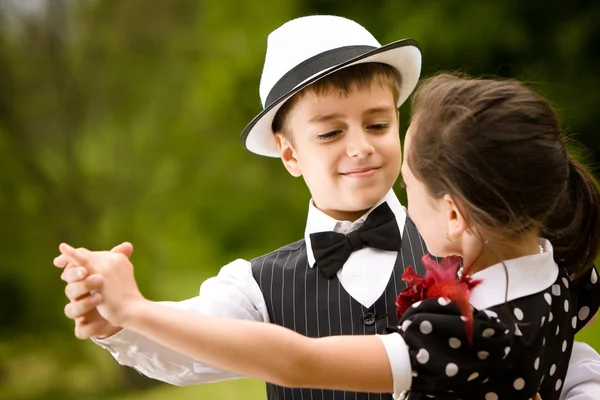
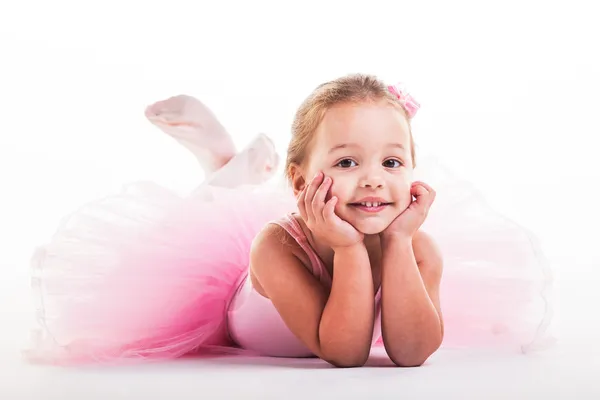
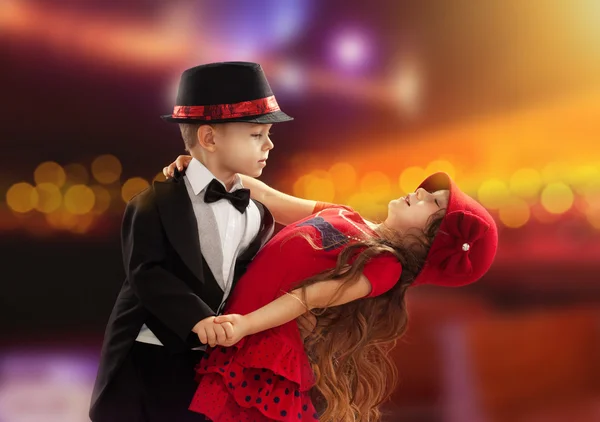

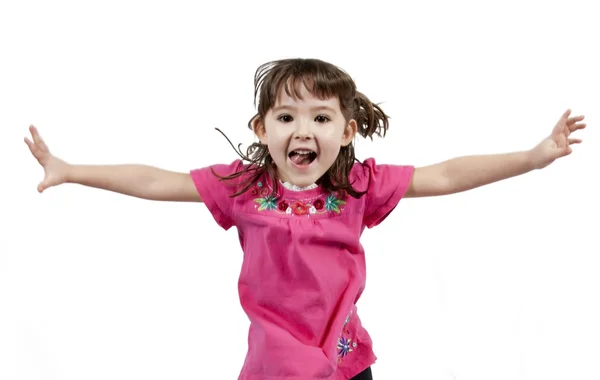

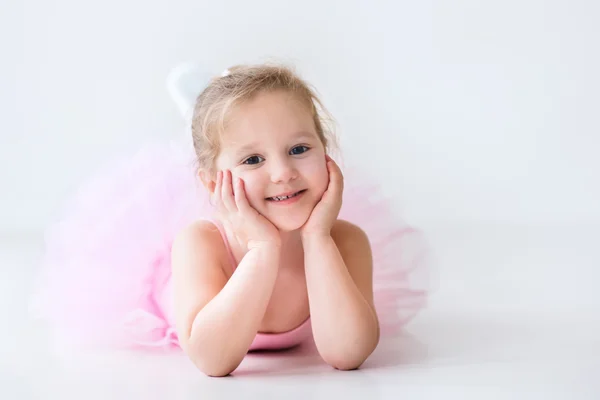
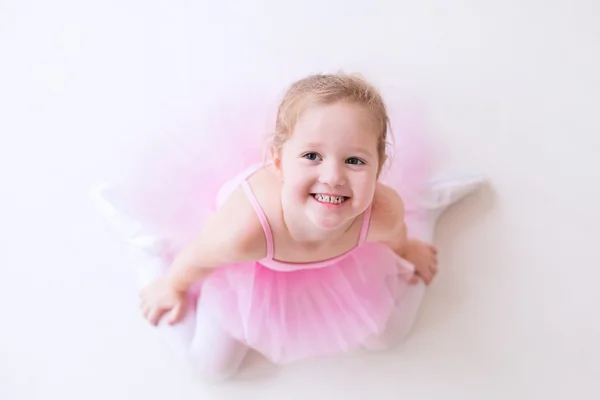

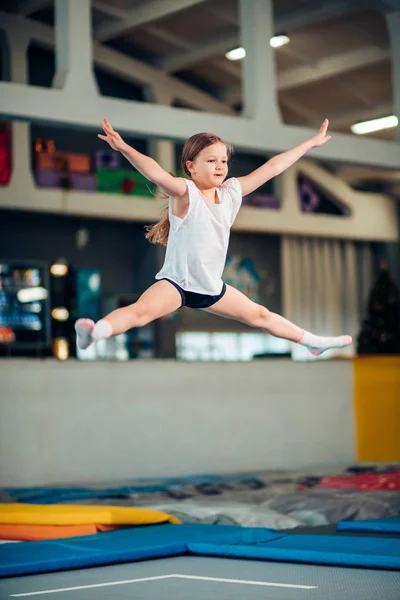
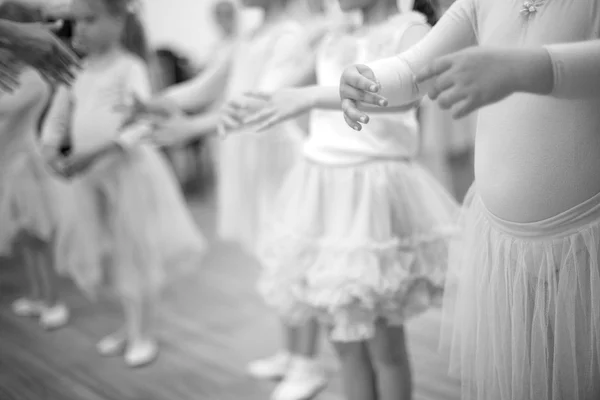
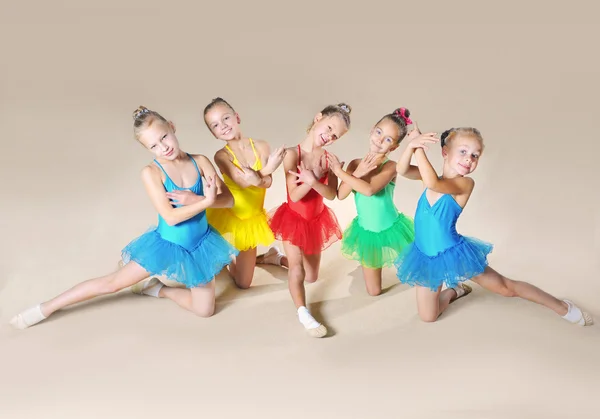
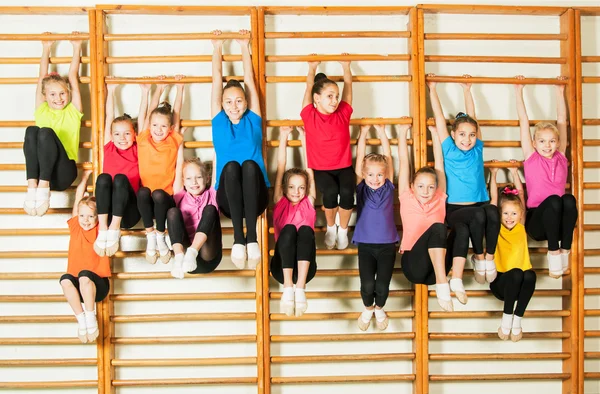



mandygodbehear
3944 x 3944

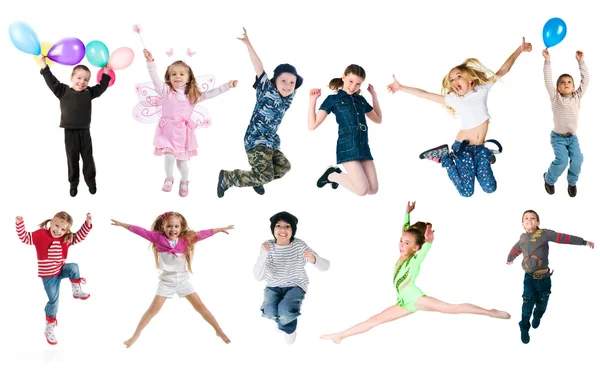
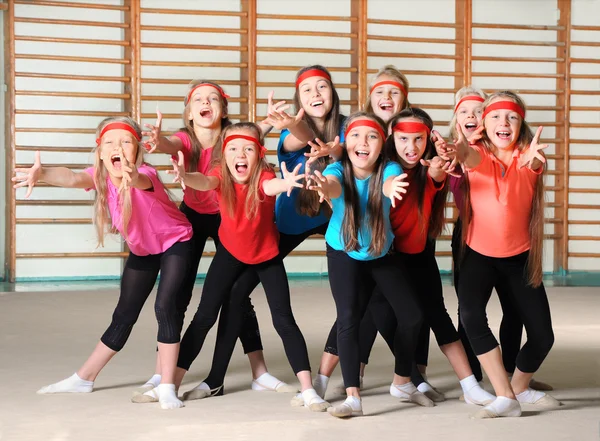


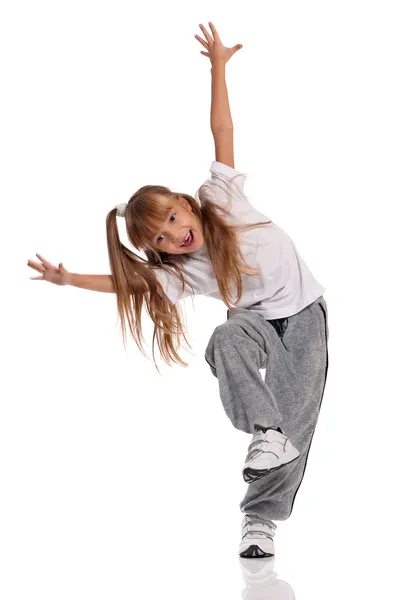

mandygodbehear
5616 x 3744
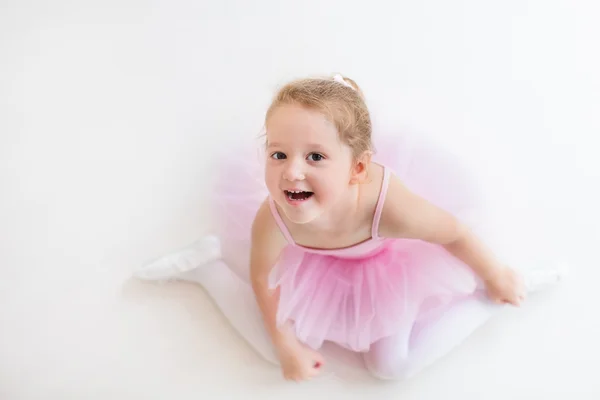



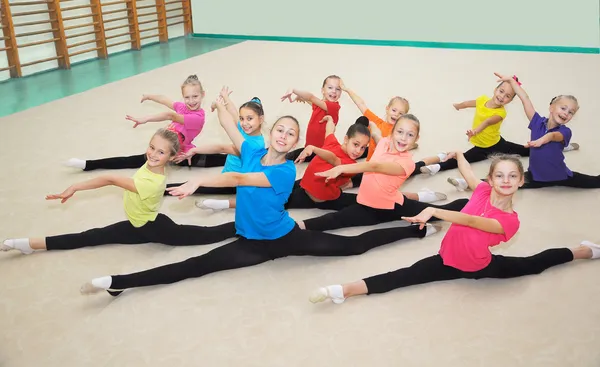


NatashaFedorova
7216 x 4816

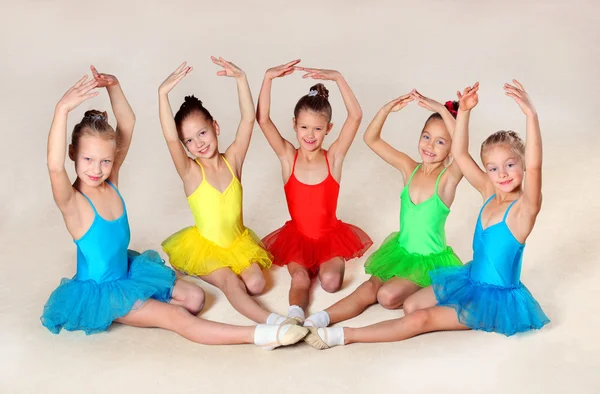
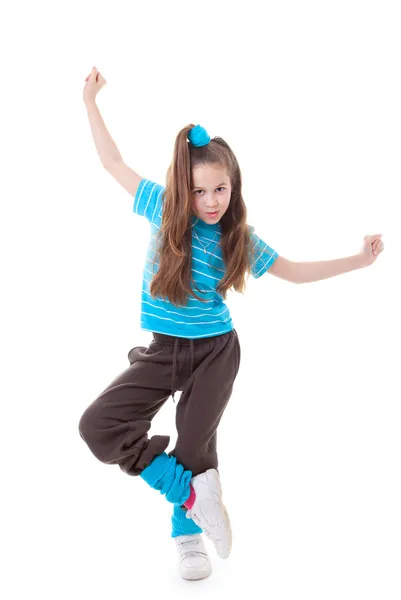
mandygodbehear
3446 x 5148



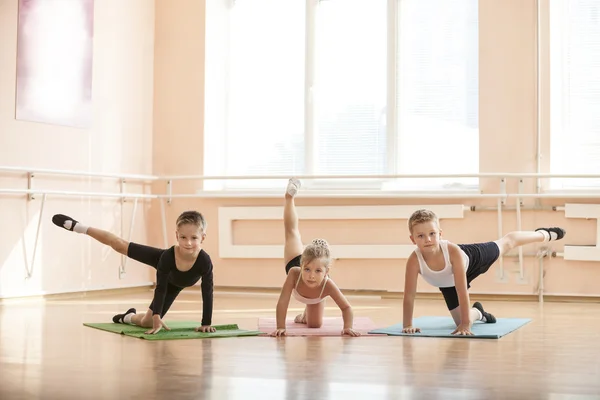


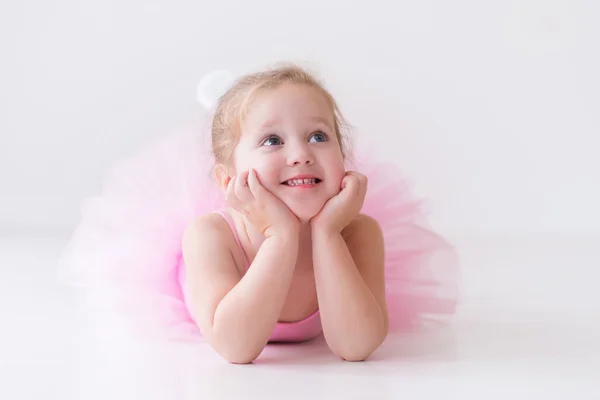
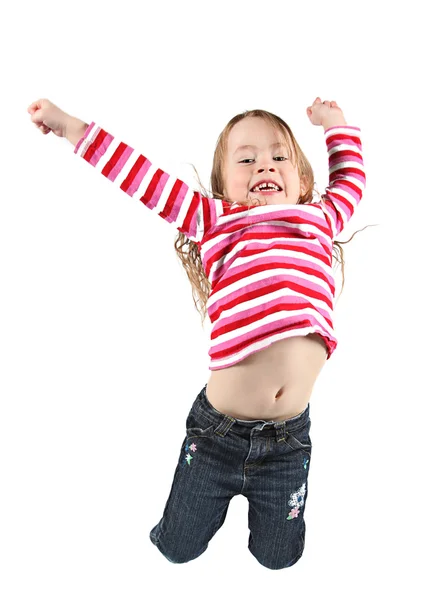

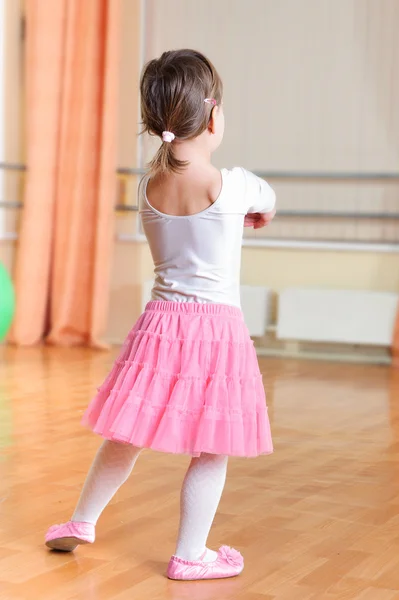

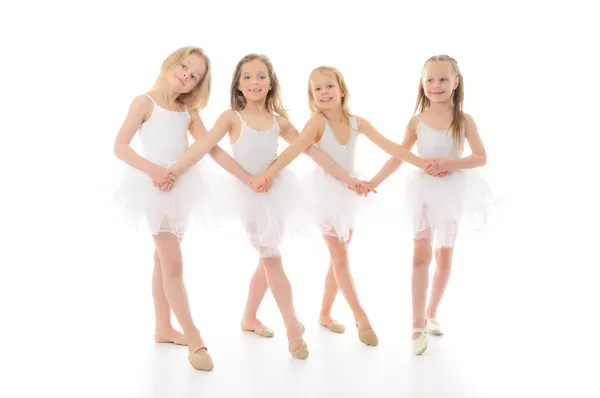

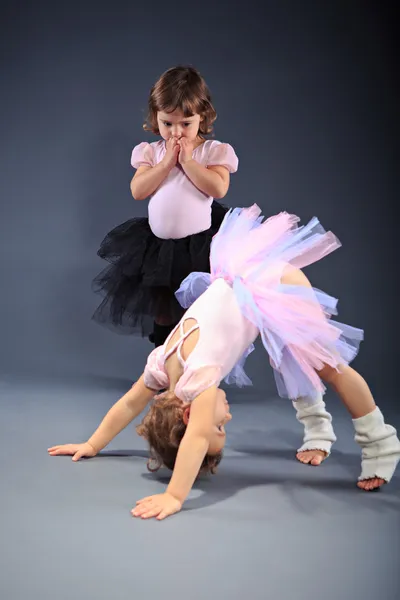
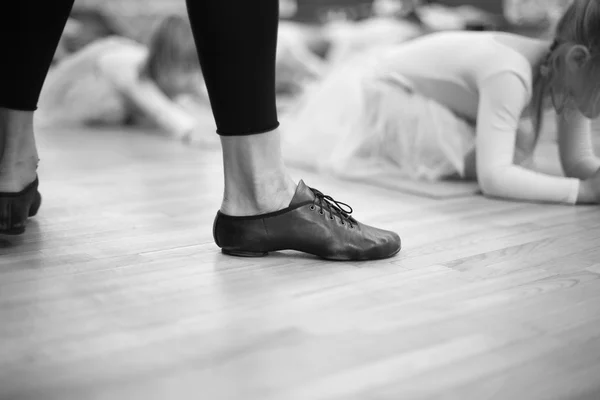

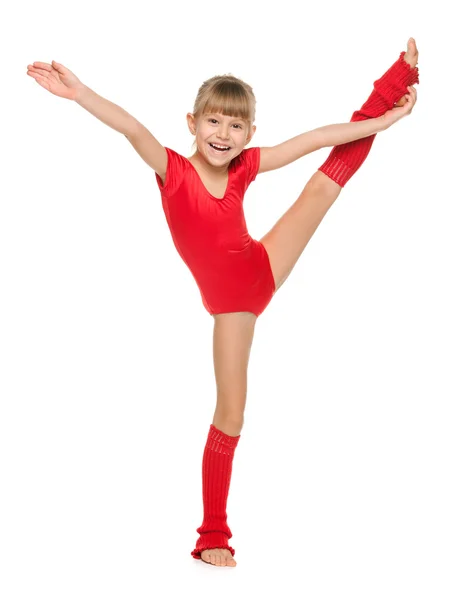
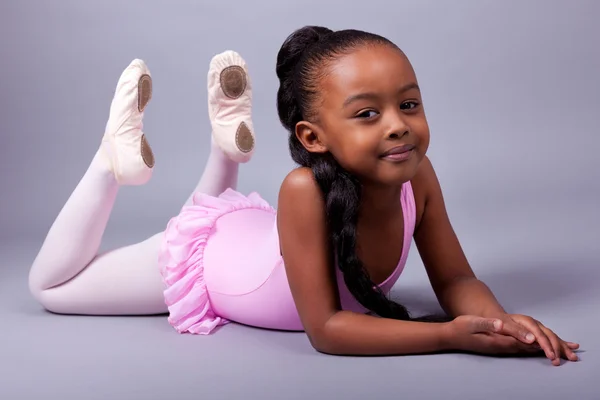

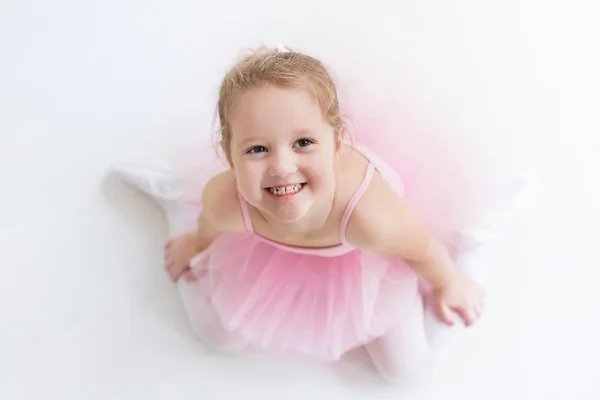
ru.depositphotos.com

